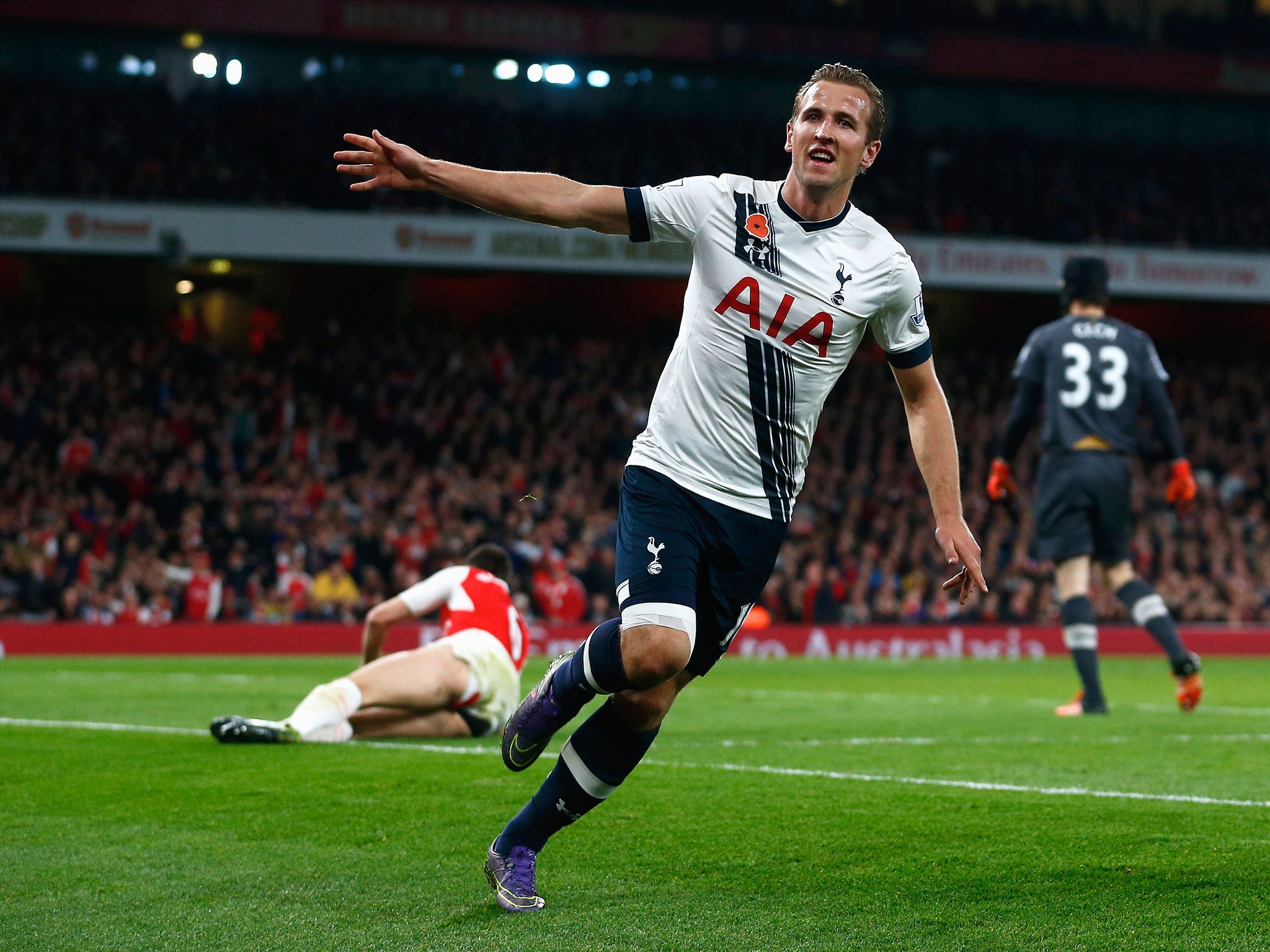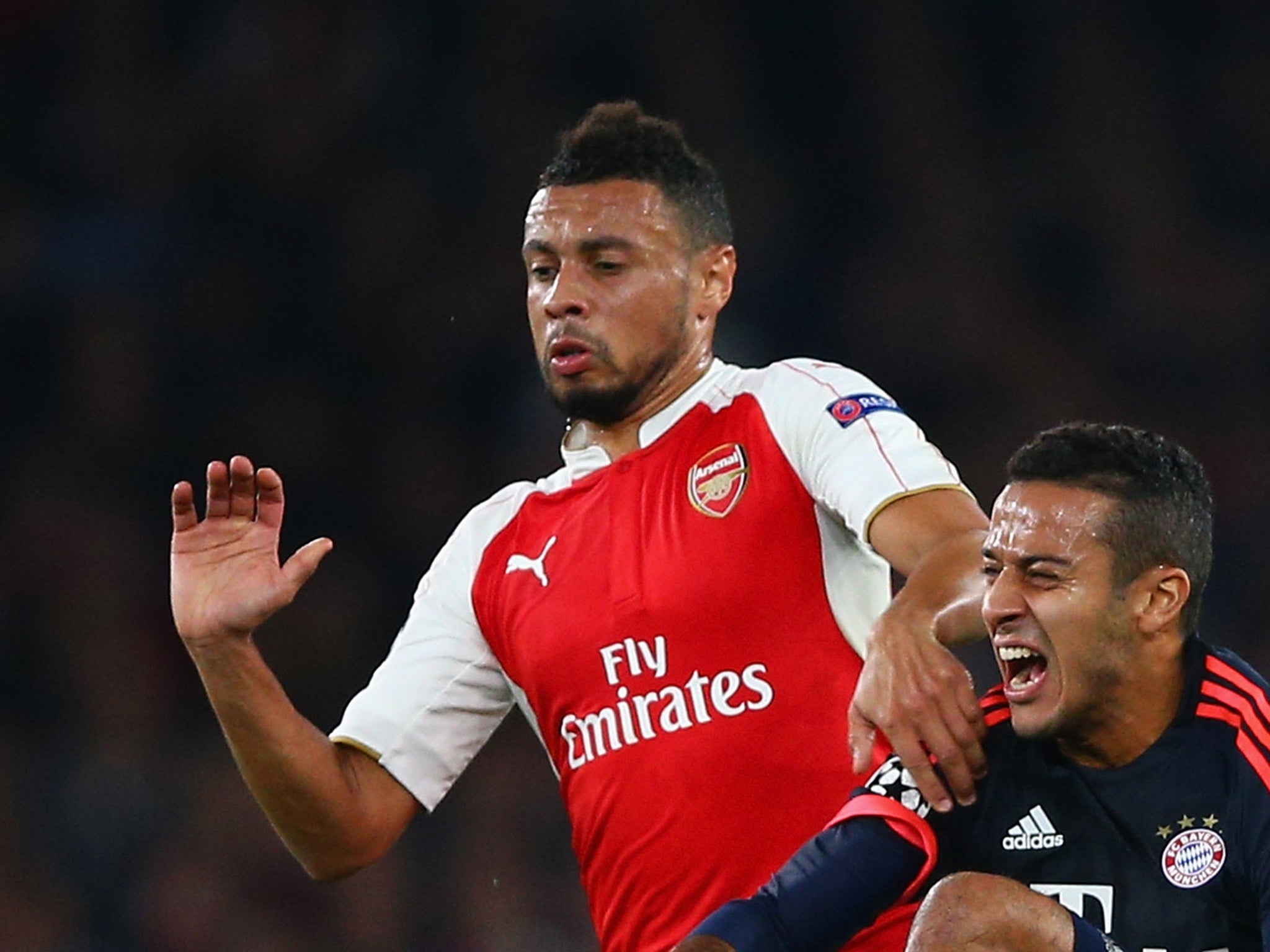Does the lack of academy graduates in the Premier League simply reflect its growing quality?
The likes of Harry Kane are becoming an increasing rarity

For Spurs fans, Harry Kane’s goals hold more meaning than those of his team-mates. When Kane peels away with arms outstretched and schoolboy delight spread from ear to ear, the atmosphere inside White Hart Lane is notably warmer; he is, after all, one of their own.
In the world of football – where community and collective experience form the very foundation of our interest – there is nothing more fulfilling than believing a player reflects the same passion as the spectator. Every time he pulls on the shirt, Harry Kane carries out our collective childhood fantasy, and every time he celebrates with the Tottenham fans he reaffirms the sense of familial meaning that comes with supporting your local club.
This is why the annual CIES Football Observatory report into club-trained players is invariably met with a long, disheartened sigh. The pattern is predictable and familiar, but the reminder of English football’s youth policy regression always stings; the latest research, published on Tuesday, found that 11.7 per cent of top flight players graduated from their club’s academy, down for the sixth successive year. 59.9 per cent of Premier League footballers are from overseas.
The downward trend is alarming given that tens of millions are spent on English academies bulging with young, and thus vulnerable, footballers. Some 10,000 boys are in top club youth systems, swept up in huge nets from as young as six to be trained up and spat out by an enormous industry playing the numbers game. Only 1 per cent of these children will play professional football for a living, with little support for the thousands left traumatised and educationally under-prepared for the adult world.
Many people argue that these figures indicate a coaching failure at youth level and, more significantly, unwillingness at top clubs to give opportunities to young players. But is this a fair reflection on Premier League policy, and if so, is the trend an inevitable side effect of the league’s increasing global popularity? Though it may be uncomfortable to accept, perhaps the current model of mass recruitment, a barely-regulated loan system, and the trickle down of young players from top clubs to lower leagues is the best policy we can hope for.
A statistical trend detailed in the CIES study but largely ignored in media reports is the steady rise of footballer average age which, across the 31 top divisions surveyed, is at a new record high of 26; the average age in the Premier League is 27. Close inspection of Premier League matches reveals that only 47 players aged 21 or under have made a Premier League appearance in 2015/16, just 2.35 per club.
Whether trained domestically or not, top English clubs do not frequently use young players. One explanation for this is that they lack the maturity, tactical sophistication, and mental strength to compete consistently in such a complex and high quality league.
11.7
Percentage of top flight players who graduated from their club’s academy
This is hardly surprising. The technical skill and speed of the Premier League has risen in tandem with increased profitability, as state-of-the-art coaching, facilities, and playing staff inevitably followed from the billions invested since the early 90s. The consequence of a perfected and immaculate tournament is the constant recycling of talent to ensure that squads are uniformly packed with the most highly refined players: the perfect height, the perfect skill level, and the perfect age.
Though fans prefer the fearless energy of a young winger or the home-comfort warmth that comes with a local goal scorer, it is extremely rare that teenagers can perform with consistent quality at Premier League level. Perhaps the worsening trend of home-grown players is simply a reflection of the widening chasm between the big five leagues and the rest.
Since the youth facilities at Premier League clubs are world-class, it makes perfect sense that a player should be educated in this environment, drop to a lower level, and then rise again when maturity has developed with time. The CIES report revealed that the percentage of association-trained players in the Premier League - those who have come through a club's academy but now play for a different team - is 47.6 per cent. It is certainly worrying that so many players are signed from abroad, but perhaps our ideal scenario is for this statistic to be higher, and not the headline-grabbing, more drastic figure of 11.7 per cent for youth-to-first-team promoted players.
Harry Kane and Francis Coquelin spent several years on loan at Championship clubs before eventually breaking into the first team in their early twenties, but in both cases they are seen as “late bloomers”, rather than a reflection of the increasing quality of our league as a whole. It is difficult to imagine a flurry of 19-year-olds scoring regularly in such a demanding league, or a defensive midfielder possessing the composure and positional awareness required whilst still in their teens. That a player like Anthony Martial, 19, cost Man United £58m proves the rarity of this feat.

There are only so many places in Premier League squads, and most of these are given over to mid-twenties players with vast experience of the game; our focus should be on loaning England’s youngsters to clubs in mainland Europe, not filling quotas for Premier League squad lists. It is OK that the “home grown” statistics are falling so long as players rise again for a different club, and this pattern will surely improve once England’s vastly improved youth-level coaching (revolutionised in recent years by the founding of St. George’s Park, the £320 million EPPP project, and the Etihad Campus, amongst others) churns out the first generation.
Perhaps, then, we should only focus our dismay on the reckless size and breadth of our academies rather than their final output in the Premier League. Clubs loaning out their young players before eventually selling them on is an inevitable side-effect of being amongst the very best – both as a 23 player senior squad, and in possessing state-of-the-art youth facilities. It is indeed problematic that more English trained players are not fed back into the English game at a later date, but expecting them to stay at their hometown club is – just maybe – too much to ask in the modern game, irrespective of how well they are coached.
There is a reason why Kane’s meteoric rise, as one of their own, seems like a fairy tale – the quality of Premier League football may have all but consigned such heroics to the realm of fantasy.
Join our commenting forum
Join thought-provoking conversations, follow other Independent readers and see their replies
Comments